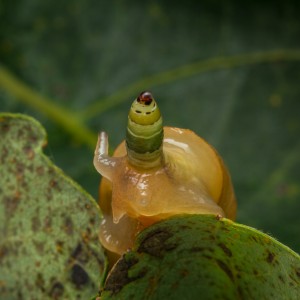Are You Aware of Zombies?
We love an offbeat holiday here at the Hirsh Health Sciences Library, and we learned recently that May is Zombie Awareness Month. This is probably a good thing, since most of use go through our everyday lives without much regard to zombieism (or zombiism), even though the concept has both a rich cultural history and a handful of real-life scientific examples.
I’m not ashamed to admit that my first exposure to zombies was from the Scooby Doo cartoons that I watched as a kid. Based on the fine scholarship of my 6-year-old self, I knew for certain that zombies were nothing more than bumbling robbers in disguise, and easily foiled by groovy teenagers and their dog.
Many years later, I learned about the concept of the zombie in Haitian folklore and its connection to the brutal New World slave trade, which you can learn more about from this NPR Code Switch story. Now, zombies are chic. They’re hip. They’re everywhere. Even the CDC has a cheeky Zombie Preparedness website.
Yet REAL zombies walk among us, in the form of parasites. Fungi of the genus Ophiocordyceps require ants to complete their life-cycles, and turns the hapless arthropods unlucky enough to encounter fungal spores into slaves that give their lives to spread the fungus. After exposure, the fungus manipulates an ant’s brain, bidding it to climb high. Then it digests the internal organs, and grows a spike out of the head of the ant, which serves as a delivery mechanism for more spores. Read about it here; it’s both fascinating and totally disgusting.
Many other examples of this phenomenon exist, from Toxoplasmosis making rodents lose their fear of cats to a bacteria that causes a flower in Madagascar to change it’s bloom so as to attract the exact insect the parasite needs to spread. And my favorite, the flatworm Leucochloridium paradoxum, pictured below with its unfortunate garden snail host.

After ingesting the flatworm in bird feces, the parasite invades the snails digestive system and brain, taking over an eyestalk, filling it with offspring and creating an appendage that looks like a delicious worm. The zombified snail shuns its instinctive fear of light and travels to areas where the wiggling, wormy appendage attracts the attention of a hungry bird. After ingesting the parasite, it matures in the gut of the bird, and the process begins anew.
This is worse than the brain-eating humanoids on TV, right?